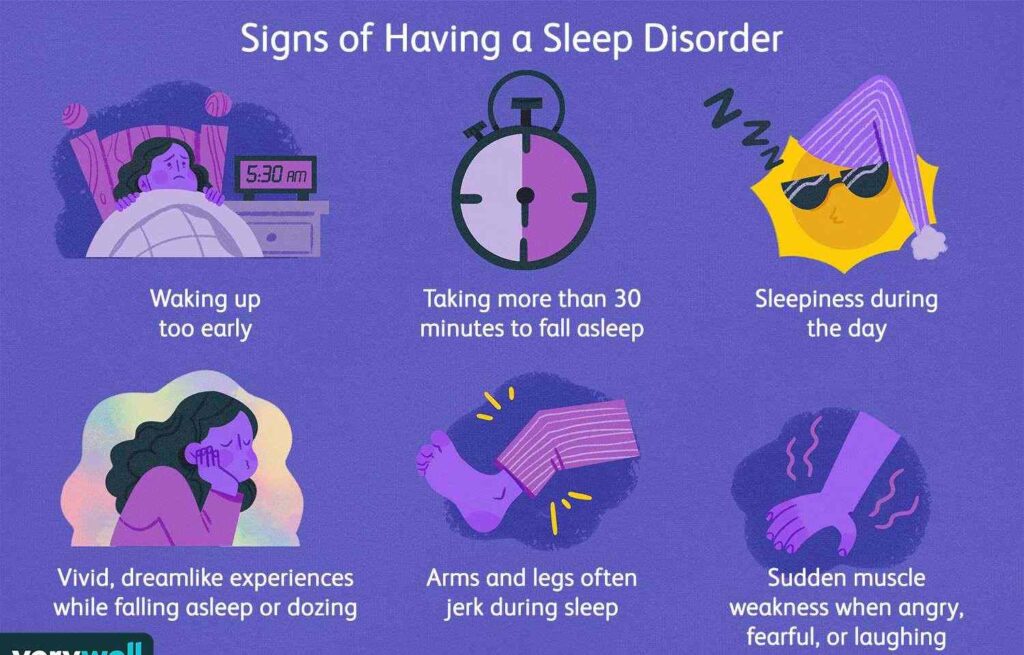Sleep 5e – Deep Understanding In 2024!

This article delves into the intricacies of sleep in D&D 5e, exploring its role in the game and how it can impact characters and adventures.
Dungeons & Dragons 5th Edition (D&D 5e) introduces a fascinating array of mechanics, and one often overlooked yet crucial aspect is the concept of sleep. Uncover the mechanics, benefits, and potential drawbacks of sleep within the game and tips on optimizing rest for your character’s well-being.
Dive into the immersive realm 5e and master the art of a good night’s rest for a victorious adventuring experience!”
Mechanics of Sleep – Let’s Explored!

In D&D 5e, sleep serves a dual purpose: it’s both a natural necessity for characters and a magical effect that can alter the course of encounters. Understanding these mechanics is vital for players and Dungeon Masters alike.
1. Natural Rest:
The cornerstone of D&D is the concept of a long rest, which includes sleep. Characters require a good night’s sleep to regain lost hit points, spell slots, and other essential resources. A long rest is typically 8 hours, allowing characters to awaken refreshed and ready for new challenges.
2. Magical Sleep Effects:
Beyond the natural need for rest, sleep can also be a powerful tool or a difficult obstacle. Various spells and abilities, such as the “Sleep” spell, can induce a magical slumber in creatures. This effect is measured in hit points and can incapacitate foes, providing strategic advantages in combat situations.
Sleep-Related Spells and Abilities:
D&D 5e introduces a variety of spells and abilities related to sleep, each with its unique characteristics. These can significantly influence the outcome of encounters and add depth to character abilities.
1. Sleep Spell:
One prominent example is the “Sleep” spell. Wizards and sorcerers often employ this enchantment to incapacitate enemies, especially in the early levels of gameplay.
The spell targets creatures within a specific range, starting with those with the lowest current hit points and progressively affecting others until the spell’s hit point limit is reached.
2. Elven Trance:
Elves, with their unique connection to the mystical, have the intriguing ability known as “Trance.” Instead of traditional sleep, elves can meditate deeply for 4 hours, gaining the same benefits as a human’s 8-hour sleep. This racial trait sets elves apart and showcases the diverse approaches to rest within the game.
Sleep and Roleplaying – Read About!

Beyond the mechanics, sleep can also be crucial in character development and roleplaying scenarios. Exploring how characters behave during downtime, dreams they may experience, or the camaraderie forged during shared campfires adds depth to the storytelling aspect of D&D.
1. Dreams and Visions:
Characters can experience vivid dreams or receive cryptic visions during sleep, providing hints about upcoming challenges or unraveling mysteries. Dungeon Masters can use these moments to weave intricate narratives, creating a more immersive and engaging gameplay experience.
2. Bonding and Conversations:
Camping and shared watches during rests offer opportunities for characters to bond. Meaningful conversations around the campfire or unexpected nighttime encounters can strengthen the party’s dynamics and contribute to the narrative.
Challenges and Threats During Sleep:

While rest is a fundamental aspect of D&D, it’s not always peaceful. Dungeon Masters can introduce challenges and threats during the characters’ sleep, adding an element of suspense and unpredictability to the game.
1. Nighttime Encounters:
Ambushes, nocturnal creatures, or mystical disturbances can disrupt the characters’ rest, requiring them to be vigilant even during downtime. These encounters balance the need for rest and the ever-present dangers in the world.
FAQ’s:
1. What does “Sleep” mean in Dungeons & Dragons 5th Edition?
In D&D 5e, “Sleep” refers to a natural aspect of character rest and a magical effect. Naturally, characters need a good night’s sleep for a long rest, which is essential for regaining hit points and other resources.
2. How does the “Sleep” spell work, and when is it most effective?
The “Sleep” spell is a potent enchantment wizards and sorcerers use. It targets creatures within a specific range, starting with those with the lowest hit points. The spell affects creatures in descending order until the spell’s hit point limit is reached.
3. Are there unique racial aspects related to sleep in D&D 5e?
Absolutely! With their mystical connection, the Elves possess a distinctive ability called “Trance.” Instead of traditional sleep, elves can meditate for four hours to gain the benefits of an eight-hour sleep.
This racial trait showcases the diversity of approaches to rest within the game and highlights the otherworldly nature of elves.
4. How does sleep impact character roleplaying and storytelling?
Sleep in D&D goes beyond a mere mechanical necessity. It provides opportunities for character development and roleplaying. Characters might experience vivid dreams or receive cryptic visions during sleep, adding layers to the narrative.
5. Can sleep become a source of challenges for characters in D&D 5e?
Certainly! While rest is essential, it’s not always peaceful. Dungeon Masters can introduce nighttime encounters, ranging from ambushes to mystical disturbances, adding an element of suspense and unpredictability.
Conclusion:
The realm of sleep in Dungeons & Dragons 5th Edition is a multifaceted and often underestimated aspect. Beyond its mechanical functions, sleep weaves a rich tapestry in the storytelling and roleplaying aspects of the game.
Also read:
Floating Sandbox – Uncover The Facts Effortlessly!




